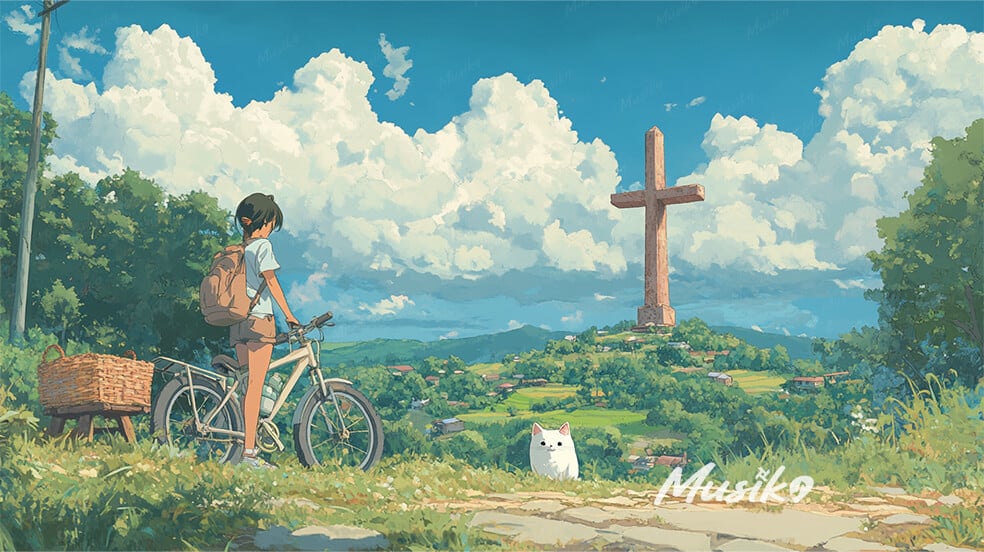🌇 Balanga City, Bataan
Balanga City, the proud capital of Bataan, is a captivating mix of rich history, vibrant traditions, and modern city vibes. Nestled between the scenic mountains and the waters of Manila Bay, this city is more than just a stopover — it’s a full-on cultural and historical adventure that proudly wears its World War II legacy, warm Kapampangan roots, and emerging urban lifestyle.
🏛️ Landmarks and Tourist Spots
Balanga is best known for the Bataan World War II Museum and the Surrender Site Marker, where you can literally walk through Philippine history. The iconic Plaza Mayor de Ciudad de Balanga is the city’s Spanish-style town square complete with Instagram-worthy architecture and a romantic European vibe. Don’t miss the St. Joseph Cathedral, a Baroque masterpiece that stands tall since the 18th century. For nature lovers, Tortugas Baywalk, Balanga Wetland and Nature Park, and Mt. Samat National Shrine nearby offer stunning views and serene moments with migratory birds and mountain breeze.
🎎 Culture and Language
Balanga’s culture is deeply influenced by Kapampangan traditions with a sprinkle of Tagalog and Spanish heritage. Locals are fluent in Kapampangan and Tagalog, with English commonly spoken. The people here are known for their hospitality, warmth, and strong sense of community, especially during fiestas and Holy Week events where the city transforms into a live stage of faith and unity.
🍽️ Food Trip Fiesta
Craving something native? Try the legendary buro (fermented rice with fish), tinapa (smoked fish), and adobong manok sa gata. Balanga is also becoming a foodie destination, with charming cafés, modern restos, and street food galore. Seafood dishes and Kapampangan delicacies reign supreme, offering both comfort and surprise in every bite.
🎉 Festivals and Celebrations
Come during Banga Festival, held every April, and get ready for a burst of color, dancing, and culture. The festival showcases the banga (clay pot), which symbolizes the city’s name and hardworking heritage. Street parades, folk dances, costume competitions, and pottery exhibits turn Balanga into a giant open-air celebration.
🎶 Sounds of the City
Balanga embraces a mix of traditional Filipino folk music and contemporary pop. During festivals, expect rondalla groups, cultural dancers, and even modern performances by local talents. The city also supports art and music through schools, youth groups, and tourism initiatives.
🌟 What Balanga is Known For
Balanga City is known for its historical importance in WWII, eco-tourism efforts, and elegant public spaces. It’s a smart city in the making, offering free Wi-Fi in public zones and digital innovations while preserving its old-town charm. It’s a peaceful, progressive city that respects its past while moving confidently into the future.








